Do you need a ballast for plow?
You absolutely need a ballast for your railway plow to ensure effective track maintenance and operational safety. A ballast plow is essential equipment in railway maintenance that requires proper ballasting to function efficiently. Without adequate ballast, your plow cannot effectively redistribute track ballast, leading to compromised track stability, drainage issues, and ultimately increased maintenance costs and safety risks. Proper ballasting ensures your plow maintains the correct weight distribution needed for optimal performance, prevents excessive wear on railway components, and ensures consistent ballast profiling across the track bed. Railway operators who invest in quality ballast for their plows report significantly improved track longevity, reduced maintenance frequency, and better operational efficiency. The decision to use appropriate ballast with your plow isn't merely optional—it's a critical requirement for maintaining rail infrastructure integrity and ensuring safe, efficient railway operations in all conditions.
What Is a Ballast in Railway Maintenance and Why Is It Important?

Railway Ballast Systems
Railway ballast forms the critical foundation upon which tracks are laid and maintained. Consisting primarily of crushed stone, ballast creates a stable bed that distributes the immense weight of passing trains while allowing essential drainage to prevent water accumulation that could weaken the track structure. Beyond its structural importance, ballast absorbs vibrations from passing trains, reducing noise and preventing premature deterioration of railway components. The ballast plow works directly with this material, reshaping and redistributing it to maintain ideal track geometry and stability.
The Evolution of Ballast Management Technologies
Railway maintenance has evolved significantly from manual ballast placement to sophisticated mechanical solutions. Modern ballast plow equipment represents a tremendous advancement in how railways maintain track integrity. These specialized tools have transformed from simple drag implements to precision machines capable of meticulous ballast profile management. Contemporary plows integrate advanced hydraulic systems and can be equipped with laser guidance technology that ensures precise ballast distribution according to engineered specifications. This evolution reflects the increasing recognition of ballast management as a critical factor in railway safety and operational efficiency.
The Critical Role of Ballast in Track Performance
The relationship between ballast condition and track performance cannot be overstated. Properly maintained ballast provides essential lateral resistance that prevents tracks from shifting under the lateral forces exerted by passing trains, particularly on curves. This stability directly impacts train speed capabilities and passenger comfort. Studies have shown that inadequate ballast maintenance can increase track degradation rates by up to 40%, significantly raising operational costs. The ballast plow serves as the primary tool for maintaining optimal ballast profiles, ensuring uniform load distribution and extending the service life of both the ballast material itself and the entire track structure.
When Should You Use a Ballast with a Railway Plow?

Regular Maintenance Scenarios Requiring Ballast Plowing
Railway systems require proactive maintenance to prevent costly failures, with ballast plowing being a crucial component of this regimen. You should deploy a ballast plow during scheduled maintenance intervals—typically every 3-6 months depending on traffic volume and weather conditions. After heavy rainfall events, immediate plowing becomes necessary to restore proper drainage pathways through the ballast bed. Seasonal transitions, particularly between winter and spring when freeze-thaw cycles can disrupt ballast positioning, also warrant plowing operations. Visual inspections revealing uneven ballast profiles or track geometry issues signal the need for prompt plowing intervention before minor irregularities evolve into major structural problems.
Post-Construction and Major Repair Situations
Following new track construction or major track renewal projects, ballast plowing becomes essential for establishing proper initial ballast profiles. The settling phase after new ballast deployment requires multiple plowing passes to achieve optimal compaction and distribution. When performing spot replacements of sleepers or rails, subsequent ballast plowing ensures seamless integration of the repaired section with existing track. Major weather events or derailments that displace significant amounts of ballast necessitate comprehensive plowing operations to restore track integrity. The ballast plow proves invaluable in these scenarios by efficiently redistributing materials and establishing consistent support across rehabilitated track sections.
Preventative Maintenance Applications
Forward-thinking railway operators increasingly employ ballast plow equipment in preventative maintenance strategies. Regular profiling of ballast shoulders before visible deterioration occurs substantially extends maintenance intervals and track lifespan. Addressing minor ballast displacement promptly through targeted plowing prevents the cascade effect where small irregularities progressively worsen under continued train loads. Strategic pre-winter plowing helps establish optimal drainage conditions before seasonal precipitation, preventing water accumulation that could lead to frost heave damage. This preventative approach has demonstrated significant return on investment, with some operators reporting maintenance cost reductions of up to 30% through systematic ballast plow deployment compared to reactive maintenance models.
How to Choose the Right Ballast for Your Plow?

Key Specifications and Material Considerations
Selecting appropriate ballast requires careful consideration of multiple factors. Optimal ballast material typically consists of angular, crushed stone with high compressive strength—generally granite, trap rock, or quartzite with a minimum compression resistance of 160 MPa. Particle size distribution significantly impacts performance, with mainline tracks typically requiring ballast gradation between 28-50mm to allow proper drainage while maintaining stability. The ballast's Los Angeles abrasion value should remain below 20% to ensure durability under repeated mechanical stress from both train traffic and ballast plow operations. Contamination resistance represents another crucial factor, with materials featuring low absorption rates better maintaining performance when exposed to environmental contaminants.
Matching Ballast Types to Specific Operating Environments
Different railway environments demand tailored ballast solutions for optimal performance. High-speed lines require precisely graded, premium ballast with exceptional angularity to provide maximum lateral resistance against the significant forces generated at high speeds. Heavy haul freight corridors benefit from slightly larger ballast gradation that withstands the intensive compressive forces of heavy loads while still facilitating maintenance with ballast plow equipment. Urban transit systems often utilize smaller ballast gradation (25-38mm) to reduce noise generation while maintaining adequate drainage. Specialized applications such as bridges and tunnels may require lightweight synthetic ballast or bonded ballast systems that accommodate the unique structural and maintenance requirements of these environments while remaining compatible with standard plowing operations.
Cost-Benefit Analysis for Ballast Selection
While initial acquisition cost inevitably influences ballast selection, savvy operators conduct comprehensive lifecycle cost analyses. Premium ballast materials typically command a 15-30% price premium but often deliver 40-60% longer service life before requiring replacement or cleaning. The maintenance frequency factor must be considered—higher quality ballast requires less frequent intervention with ballast plow equipment, generating significant operational savings. Environmental considerations also impact the equation, with locally sourced materials reducing transportation costs and carbon footprint. The relationship between ballast quality and track component longevity creates additional value, as superior ballast protection extends the service life of expensive rails and sleepers. Progressive operators evaluate these factors holistically, recognizing that optimal ballast selection ultimately delivers the lowest total cost of ownership despite potentially higher initial investment.
FAQ
1. What are the main functions of a ballast plow in railway maintenance?
A ballast plow primarily redistributes and profiles track ballast to maintain proper track geometry, ensure adequate drainage, and provide uniform support for railway tracks. It shapes ballast shoulders, clears the crib areas between sleepers, and controls ballast depth—all crucial for track stability and performance.
2. How often should ballast plowing be performed?
Ballast plowing frequency depends on traffic volume, weather conditions, and track classification. High-traffic mainlines typically require plowing every 3-6 months, while secondary lines might need attention annually. Following extreme weather events or construction activities, additional plowing operations are often necessary regardless of the regular maintenance schedule.
3 . Does ballast type affect plow performance and maintenance requirements?
Absolutely. Ballast material characteristics directly impact plow performance. Angular, clean ballast with optimal gradation facilitates efficient plowing operations and requires less frequent maintenance. Contaminated or rounded ballast increases resistance during plowing, accelerates wear on plow components, and necessitates more frequent maintenance interventions.
Seeking a robust ballast plow for your railway maintenance needs? Tiannuo's got you covered. Our ballast plow is designed for machines weighing 5 to 10 tons, with a track gauge of 1435 mm. It features a width of 2800 mm and a height of 460 mm, and operates at an inclination angle of 8°. This plow is used in conjunction with sleeper clamps for optimal performance. Ready to enhance your railway maintenance? Contact our team manager at arm@stnd-machinery.com, or reach out to our other members at rich@stnd-machinery.com and tn@stnd-machinery.com. Let's work together to keep your tracks in top condition!
References
Railway Track Engineering: Principles and Practices of Modern Ballast Maintenance (2023). International Railway Association Technical Compendium.
Ballast Performance in Heavy Haul Applications: A Comparative Analysis (2024). Journal of Railway Infrastructure Management.
Modern Approaches to Ballast Profile Management and Their Impact on Track Geometry Stability (2023). Railway Engineering Science Quarterly.
Optimizing Railway Maintenance Through Advanced Ballast Management Techniques (2024). International Conference on Railway Engineering Proceedings.
The Economics of Railway Ballast Selection: A Lifecycle Cost Perspective (2024). Railway Infrastructure Economics Review.
Environmental Impacts of Ballast Selection and Maintenance Practices in Railway Operations (2023). Sustainable Railway Engineering Journal.
About Author: Arm
Arm is a leading expert in the field of specialized construction and railway maintenance equipment, working at Tiannuo Company. Tiannuo specializes in manufacturing a wide range of products, including railway maintenance equipment like railway sleeper changing machines and screening machines, excavator modification equipment such as excavator lifting cabs, various engineering arms for excavators, excavator accessories like digging buckets, and engineering vehicle auxiliary equipment like loader buckets.
YOU MAY LIKE
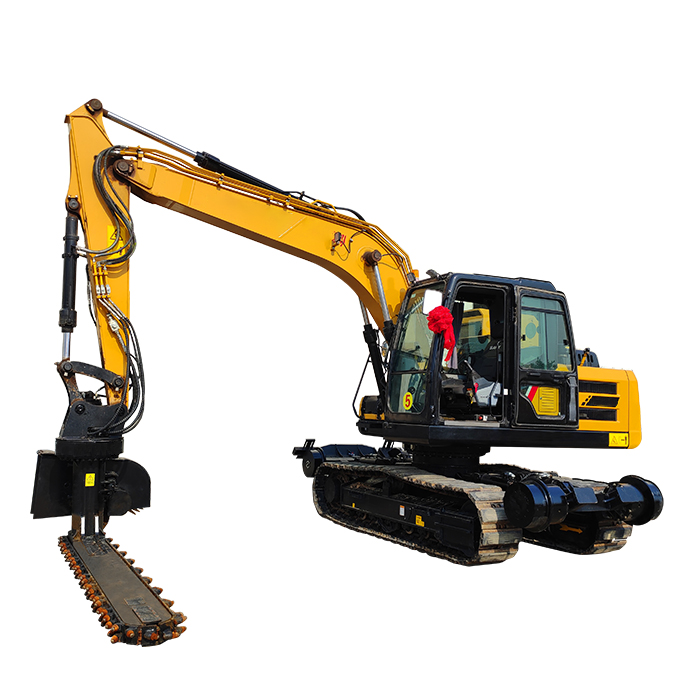 VIEW MOREBallast Blaster Undercutter
VIEW MOREBallast Blaster Undercutter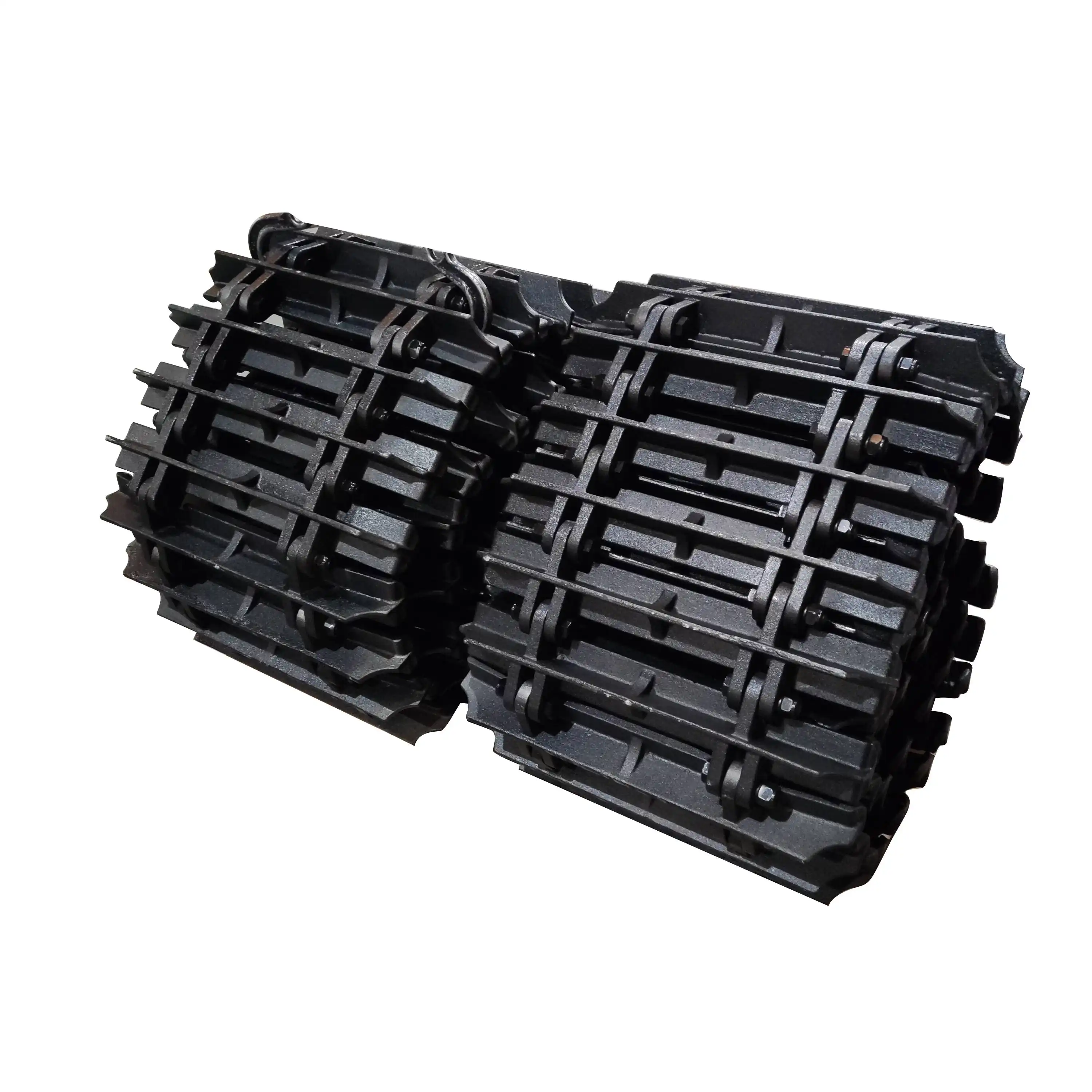 VIEW MOREDump truck anti-skid tracks
VIEW MOREDump truck anti-skid tracks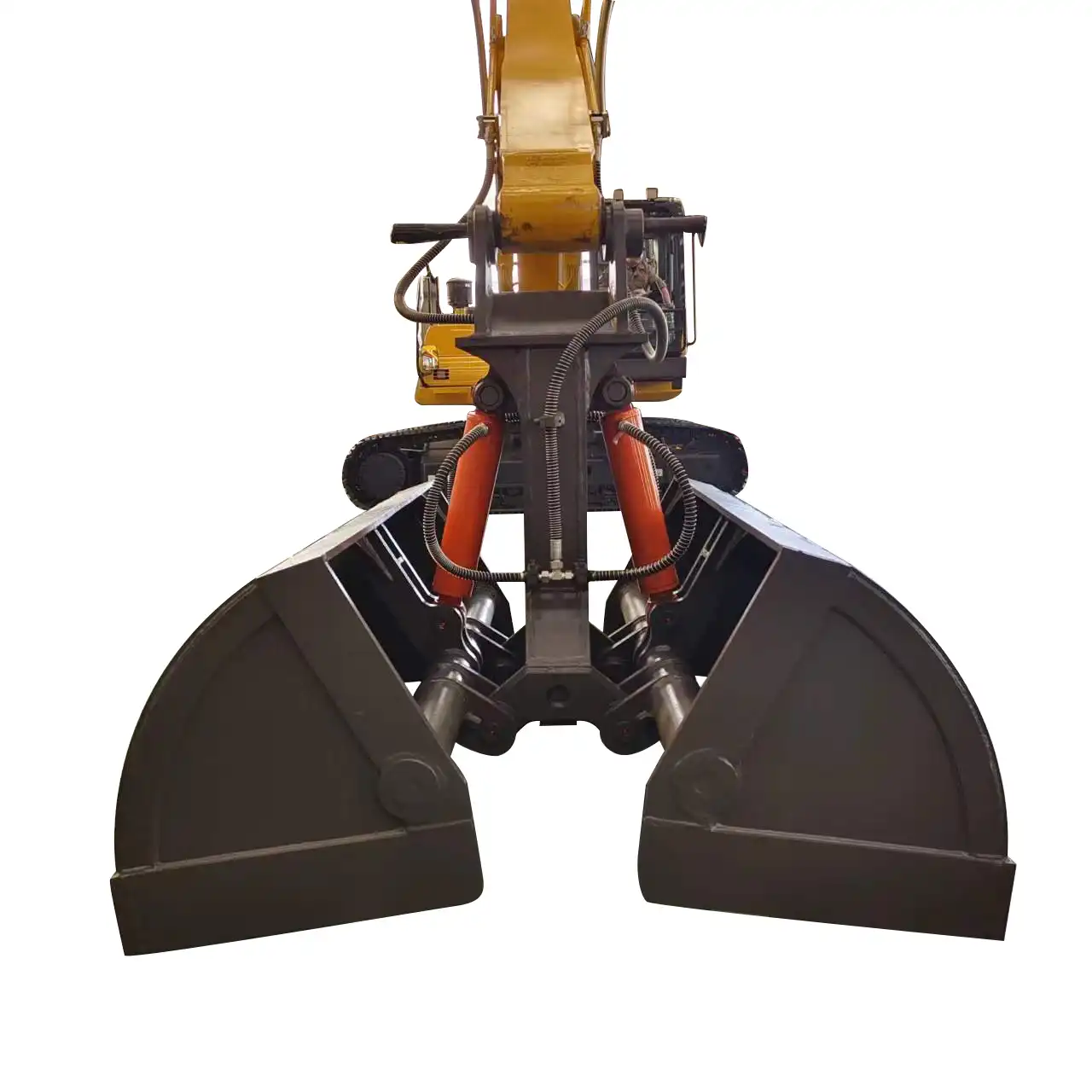 VIEW MOREClamshell Buckets for Excavators for sale
VIEW MOREClamshell Buckets for Excavators for sale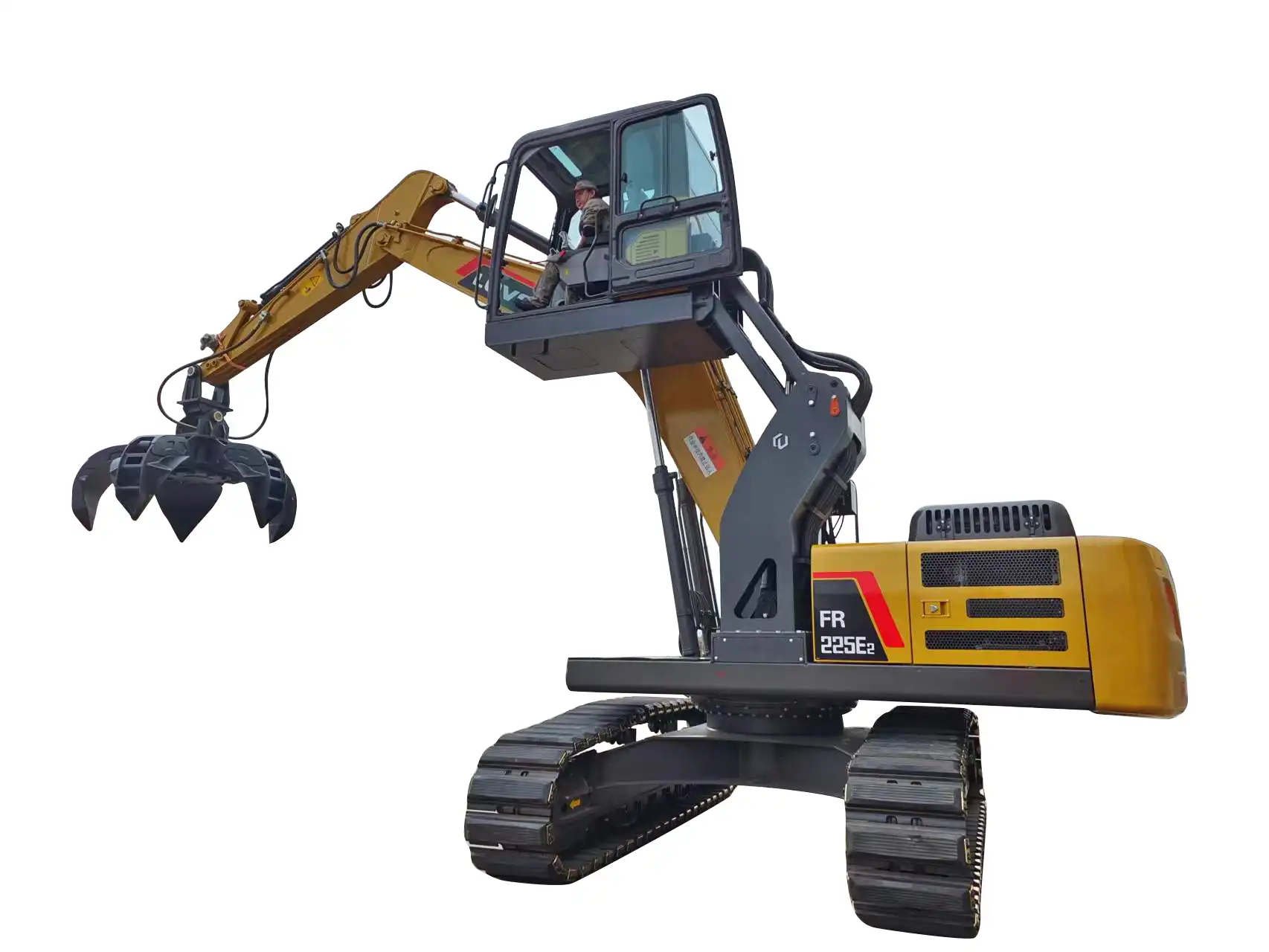 VIEW MOREExcavator lift cab modification
VIEW MOREExcavator lift cab modification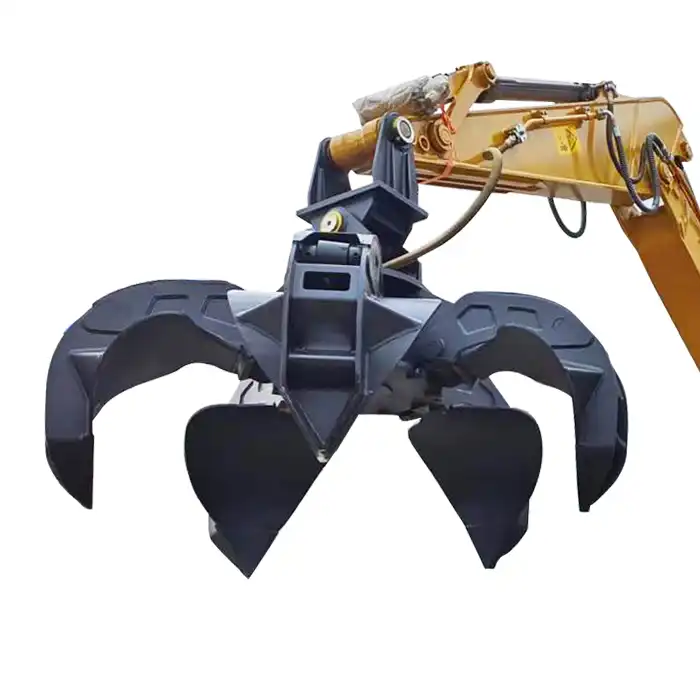 VIEW MOREExcavator Metal Scrap
VIEW MOREExcavator Metal Scrap VIEW MOREExcavator High Reach Demolition Long Boom And Arm
VIEW MOREExcavator High Reach Demolition Long Boom And Arm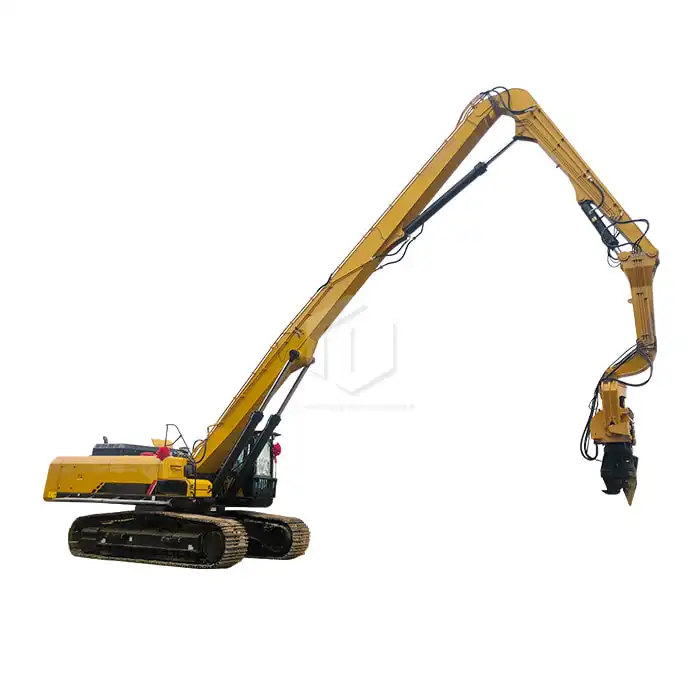 VIEW MOREExcavator Piling Boom
VIEW MOREExcavator Piling Boom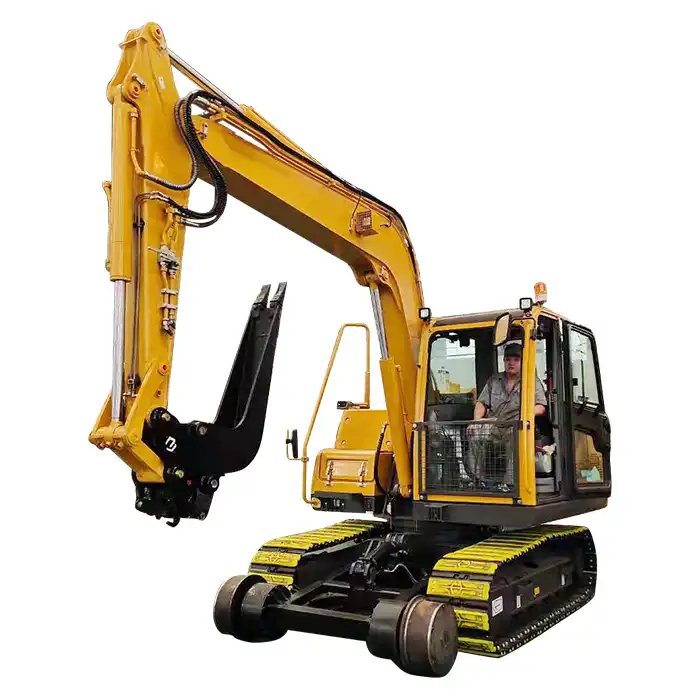 VIEW MORERailway Excavator Cleaning Bucket
VIEW MORERailway Excavator Cleaning Bucket

